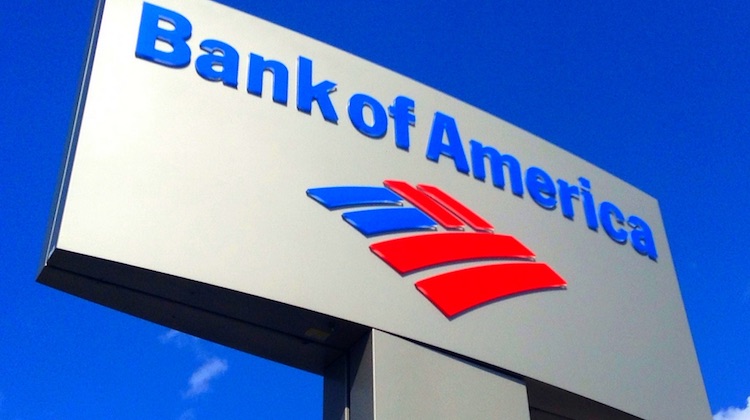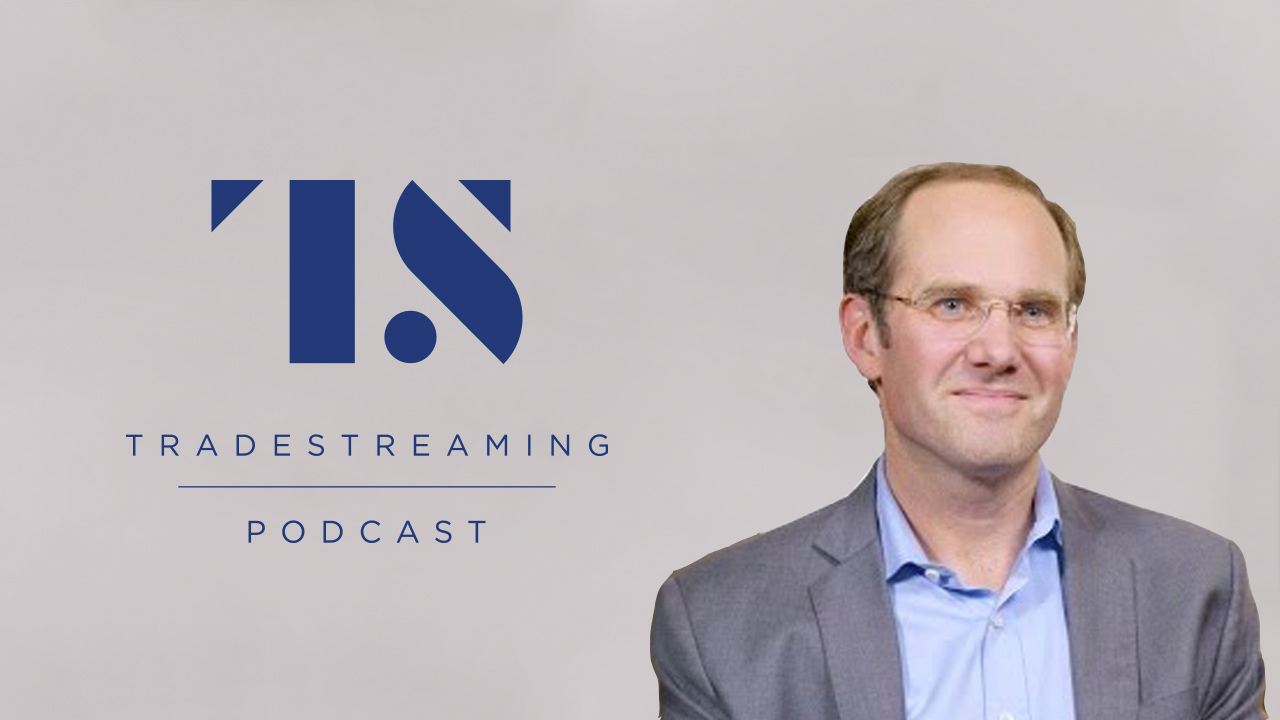Bank bots, move over: BNP Paribas is putting human advice before robots
Bain’s Gerard du Toit: 30 percent of banking customers buy products from competitors
E*Trade rolls out Android app, gears up for big push in mobile
E*Trade announced the launch of a mobile application — the E*Trade Mobile Pro for Android.
E*Trade account holders can
- View real-time streaming stock and options quotes
- Access real-time news and information
- Trade stocks during regular market and extended hours sessions
- View orders, alerts, news, charts, watchlists, and portfolios
- View a “Complete View” of all E*TRADE brokerage and bank accounts
This app launch for Android rounds out E*Trade’s mobile applications which include products for iPhone and Blackberry. As of November 2010, customers have moved close to $1billion dollars via E*TRADE Mobile Pro since its launch.Like E*Trade, the brokers seem to be focused on continuing to push out offerings for mobile.











